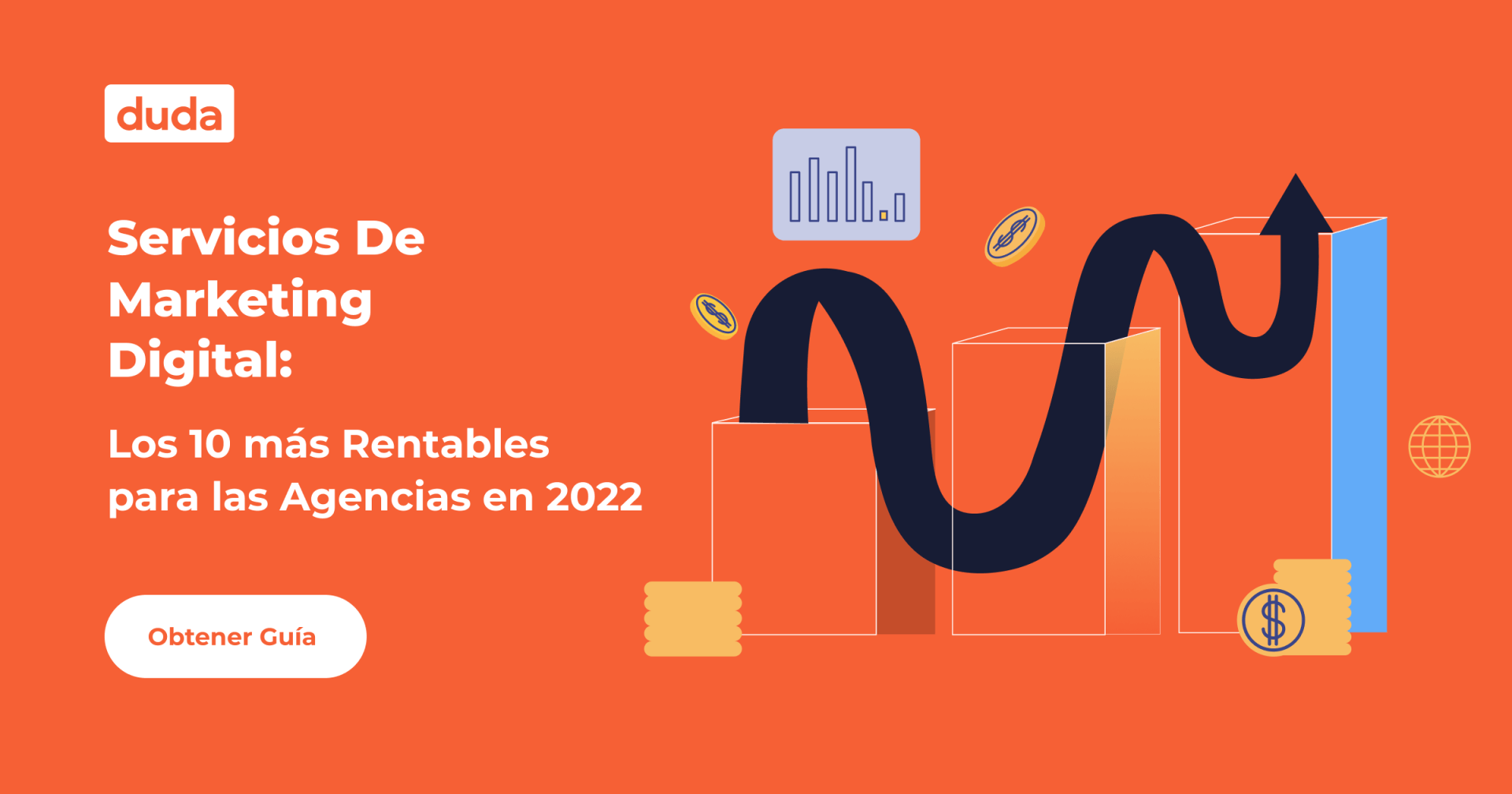La recurrencia es un modelo de negocio que se ha extendido en los últimos años, en las manos de las empresas de tecnología, específicamente en las que trabajan con plataformas SaaS (Software como un servicio).
Quien se suscriba a Netflix, almacene fotos en OneDrive o tenga una cuenta en Spotify está inmerso en este sistema basado en pagos, parecido más a una suscripción para acceder a un servicio que a la compra de un producto.
Hace algunos años, podría haber parecido imposible aplicar el modelo a los segmentos tradicionalmente acostumbrados a trabajar "por encargo", como es el caso de ciertos servicios de agencia digital. De hecho, hoy en día no lo es. La recurrencia puede ser tu principal aliada en la sostenibilidad del negocio.
La dependencia de la prestación de servicios puntuales es un gran problema en las agencias digitales. Este modelo dificulta la estimación de la demanda a largo plazo y, sobre todo, dificulta cualquier tipo de planificación financiera.
De este modo, no es sorpresa que el aumento de la cartera de clientes recurrentes haya sido elegido como el principal reto de las agencias en 2020*. Esto se debe a que el modelo asegura que al menos parte de los ingresos son predecibles, garantizando la sostenibilidad del negocio.
Además, el mantenimiento de una relación a largo plazo también aumenta las posibilidades de volverle a vender a los mismos clientes, a un costo menor que la adquisición de nuevos contratos.
Presencia online por suscripción
Puede sonar contrario a la intuición, pero incluso servicios como la creación de sitios web pueden venderse en un formato similar al de una suscripción.
Piensa en la situación en la que un pequeño emprendedor busca una presencia online para su nuevo negocio. Para que puedas hacer anuncios de pago, invertir en el contenido de los blogs o apostar por la gestión de tus redes sociales (que son los servicios de marketing digital recurrentes para las agencias) el primer paso es tener un sitio web.
Dado que la creación de sitios web no suele ser el objetivo de las agencias, es común que estas agencias lo remitan a un profesional externo o exijan un equipo especializado para un servicio que suele ser puntual.
Esto lleva a algunos problemas. Poner un sitio web en el aire suele ser un proceso largo y costoso. El pequeño empreendedor, que necesitaba una presencia digital, pronto siente que gastó demasiado tiempo y dinero solo con el primer paso.
Para compensarlo, o bien busca a alguien más barato para los próximos servicios de marketing digital, improvisa internamente con su propio equipo, o simplemente pospone sus planes (cuando no los abandona).
Conclusión: la agencia pierde la oportunidad de vender sus productos y servicios de marketing digital a este cliente potencial.
¿Qué pasaría si la agencia digital se hiciera cargo de la creación del sitio web en un modelo de recurrencia? Utilizando tecnología de punta, es posible hacerlo de manera escalable, fijando el precio del servicio de manera recurrente.
El organismo podría, por ejemplo, reducir la cantidad que se cobra por la entrega de un sitio y diluir la diferencia en las cuotas mensuales que también cubren los servicios de mantenimiento (como el alojamiento, backup o la seguridad).
O podría ofrecer una revisión de las características y layout de la página cada año en el momento de la renovación de un contrato con pagos mensuales.
También podría establecer diferentes paquetes de servicios de comercialización digital, sobre la base de una suscripción, que incluiría la creación del sitio.
Paquetes que caben en el bolsillo
La sensación de que el precio de un paquete de servicios "cabe en el bolsillo" (así como las cuotas de un refrigerador comprado a crédito) puede ser decisivo para que un pequeño emprendedor contrate una agencia digital.
Al estar dispuestos a cambiar la forma en que siempre han cobrado por ciertos trabajos, buscando herramientas tecnológicas que les permitan ampliar su lista de ofertas sin añadir altos costos fijos, las agencias digitales tienden a beneficiarse.
Las posibilidades de retener y construir la lealtad del cliente aumentan. Aparte del alivio en las cuentas, considerando la previsibilidad de los ingresos y los costos de las entregas que deberán hacerse a lo largo del contrato.
¿Estarán los clientes latinoamericanos dispuestos a contratar servicios como la creación de sitios web en un modelo de recurrencia? Respondo a esta pregunta con otra: ¿por qué no lo estarían? En los mercados maduros, como el norteamericano, la recurrencia es la regla entre las agencias digitales y los empleos, sin excepción.
Una suscripción suele garantizar que el cliente reciba lo más moderno y actualizado de la industria, volvamos a los ejemplos de Netflix, OneDrive y Spotify. No sería diferente con las agencias.
¿Cuánto vale no tener que preocuparse por el mantenimiento del sitio web?
¿O conseguir un nuevo sitio web cada año?
¿No sería mejor tener una agencia que conozca el negocio, ofrezca todos los productos y servicios necesarios en cada paso del trayecto digital?
Convencer a los clientes no es la parte difícil. Tal vez el mayor desafío es convencer a las propias agencias.
* Panorama Agencias Digitales Brasil 2020 (Resultados Digitales y Rock Content)







